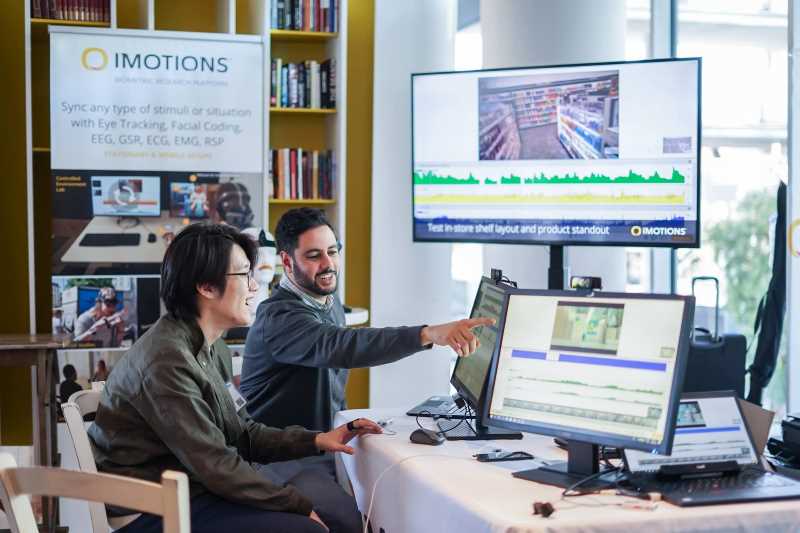Abstract: The growing sophistication of technologies and sociological advances are major causes for the dramatic change the automotive sector is currently undergoing. To address changes from a human-centered design perspective an improved understanding of the occupants’ emotional experience and behavior is required. Facial-Expression Analysis (FEA) is an emerging tool in support of such an approach, suitable for automotive research due to its non-contact application and low intrusiveness.
The research described here investigated the dependency of the occupants’ emotional experience on road types and driving conditions by investigating emotional responses and their causes through FEA and observational analysis.
Twenty-one university students and staff were recruited for the real-time test on a planned road circuit covering different road types and conditions. Facial-expression data and video information from two in-car cameras were collected during an average driving time of 40 min per participant. A multi-method approach was applied for the data analysis, including both quantitative statistical analysis and qualitative observational analysis, as well as an inter-observer reliability test. Emotion frequencies were compared between the different road types, resulting in a percentage difference from the total average of emotion frequency of −6.09% below average for urban roads, +11.15% above average for major roads and +4.88% above average for rural roads.
The causes most frequently assigned to the emotional responses in this dataset were poor road conditions and causes related to the navigation device. The research supported the dependency of emotional experiences on the driving condition and type of road. The study presents the first step of a human-centered design approach towards modern automotive design. The results have wide application in automotive design, applicable to the development of, for instance, an affective human-machine interaction or a personalized autonomous driving experience.







